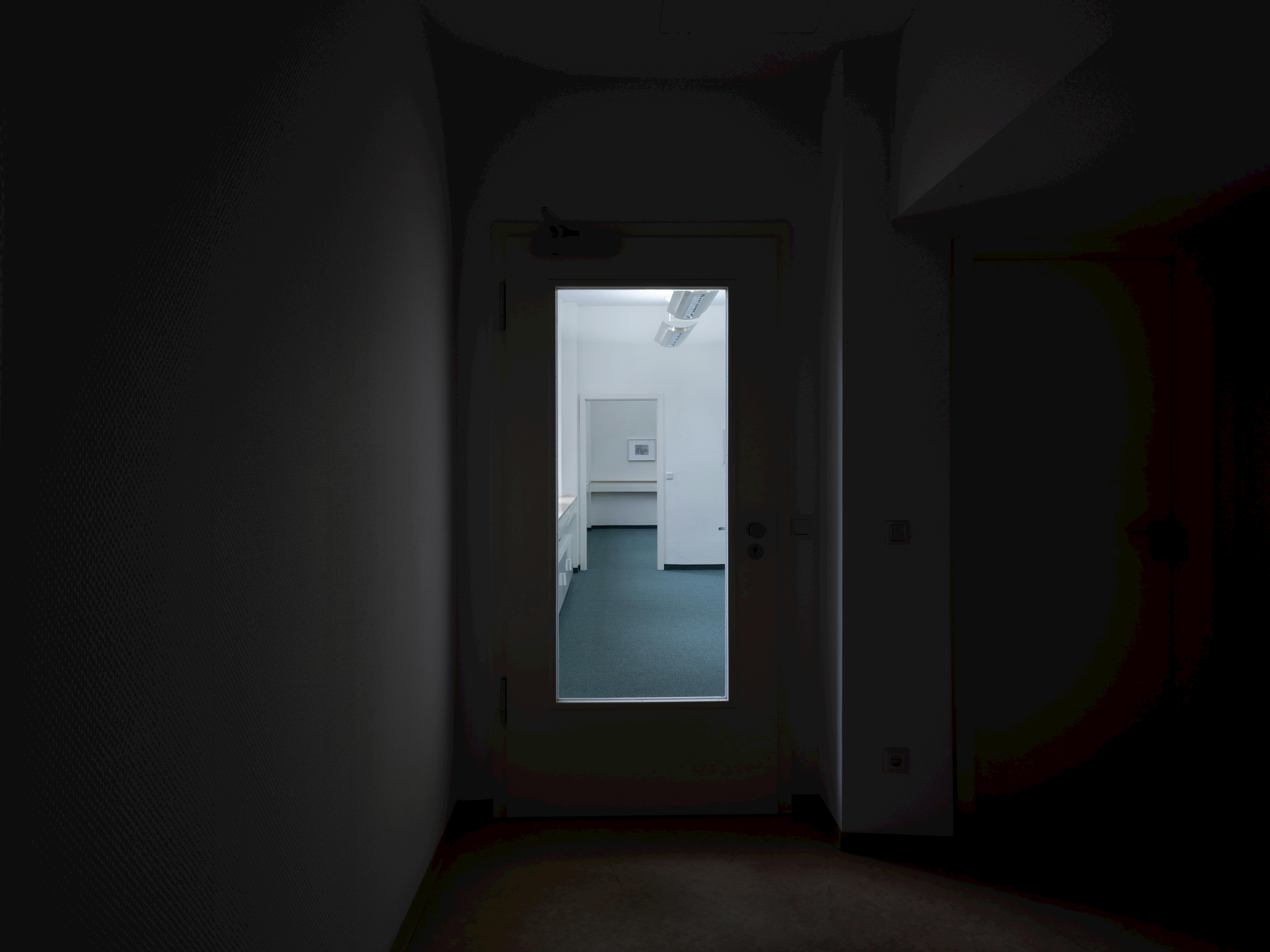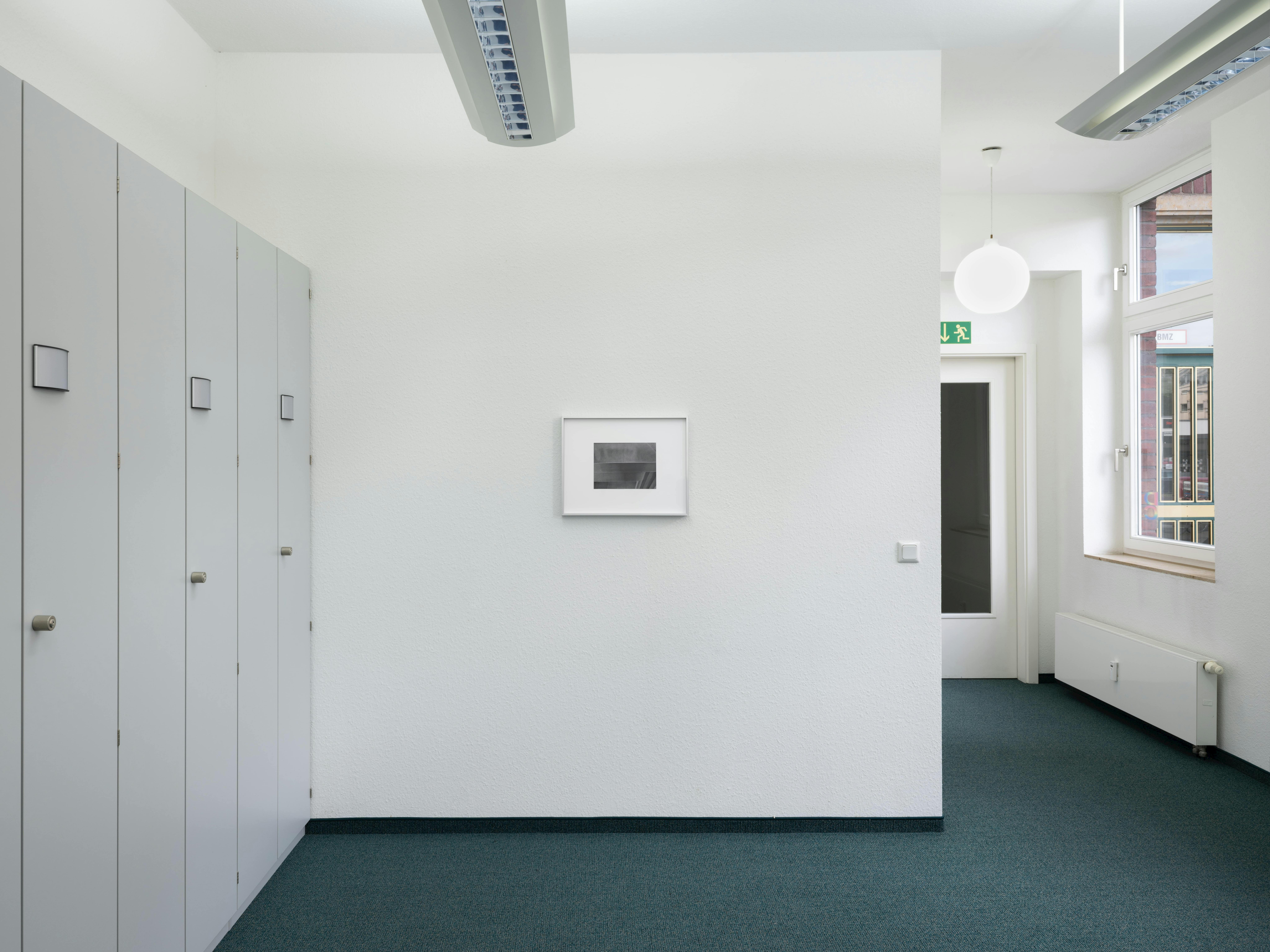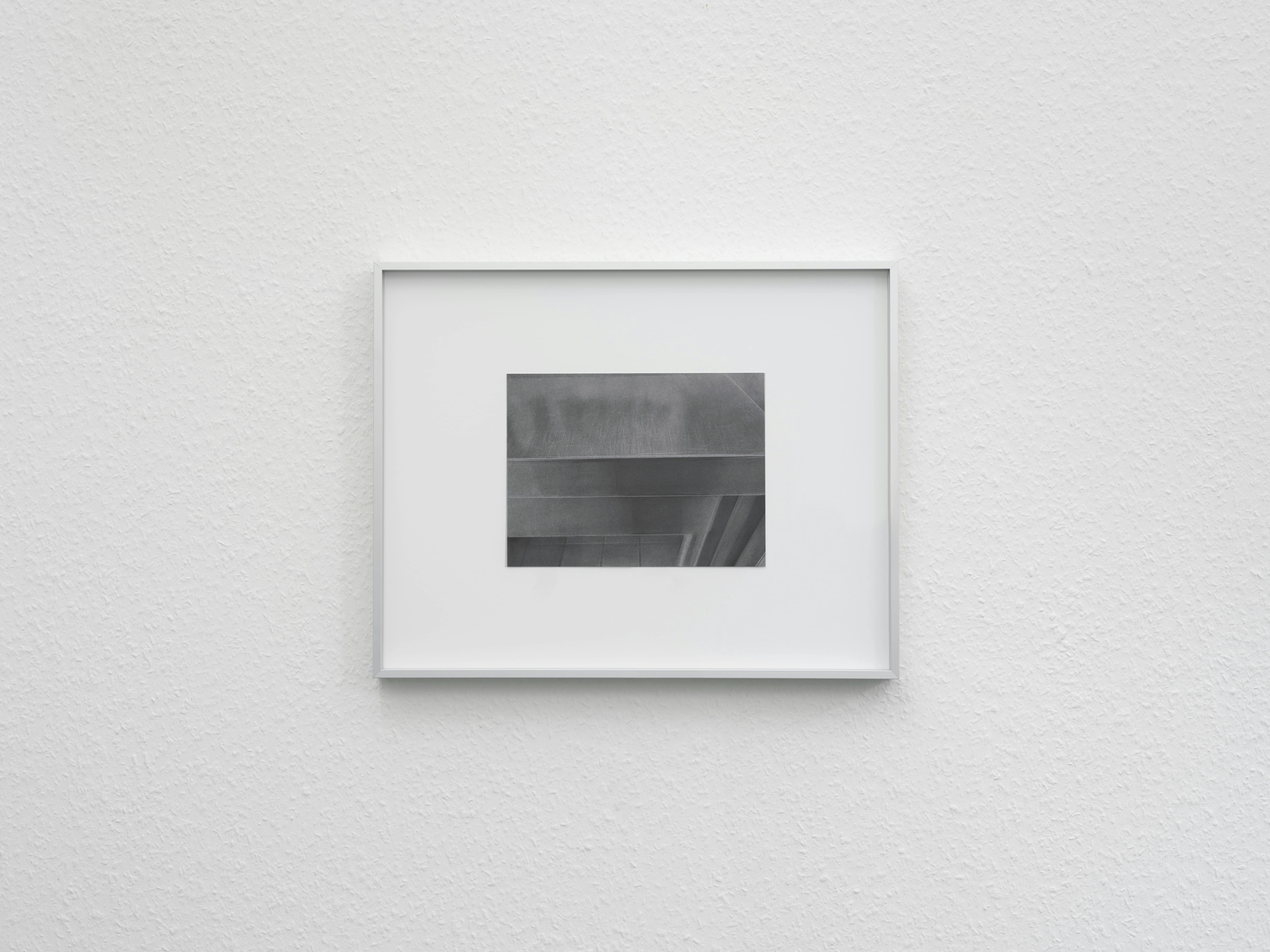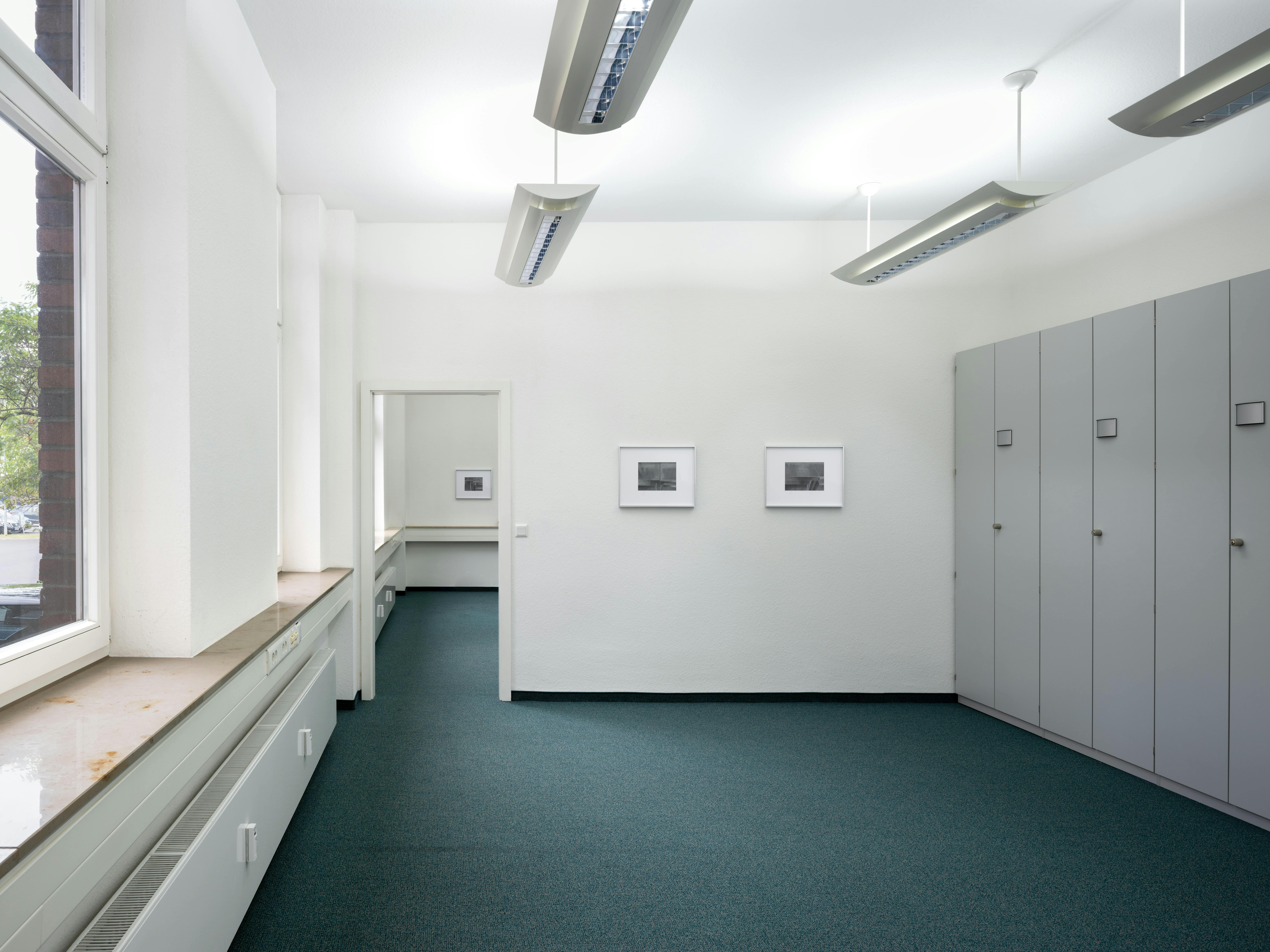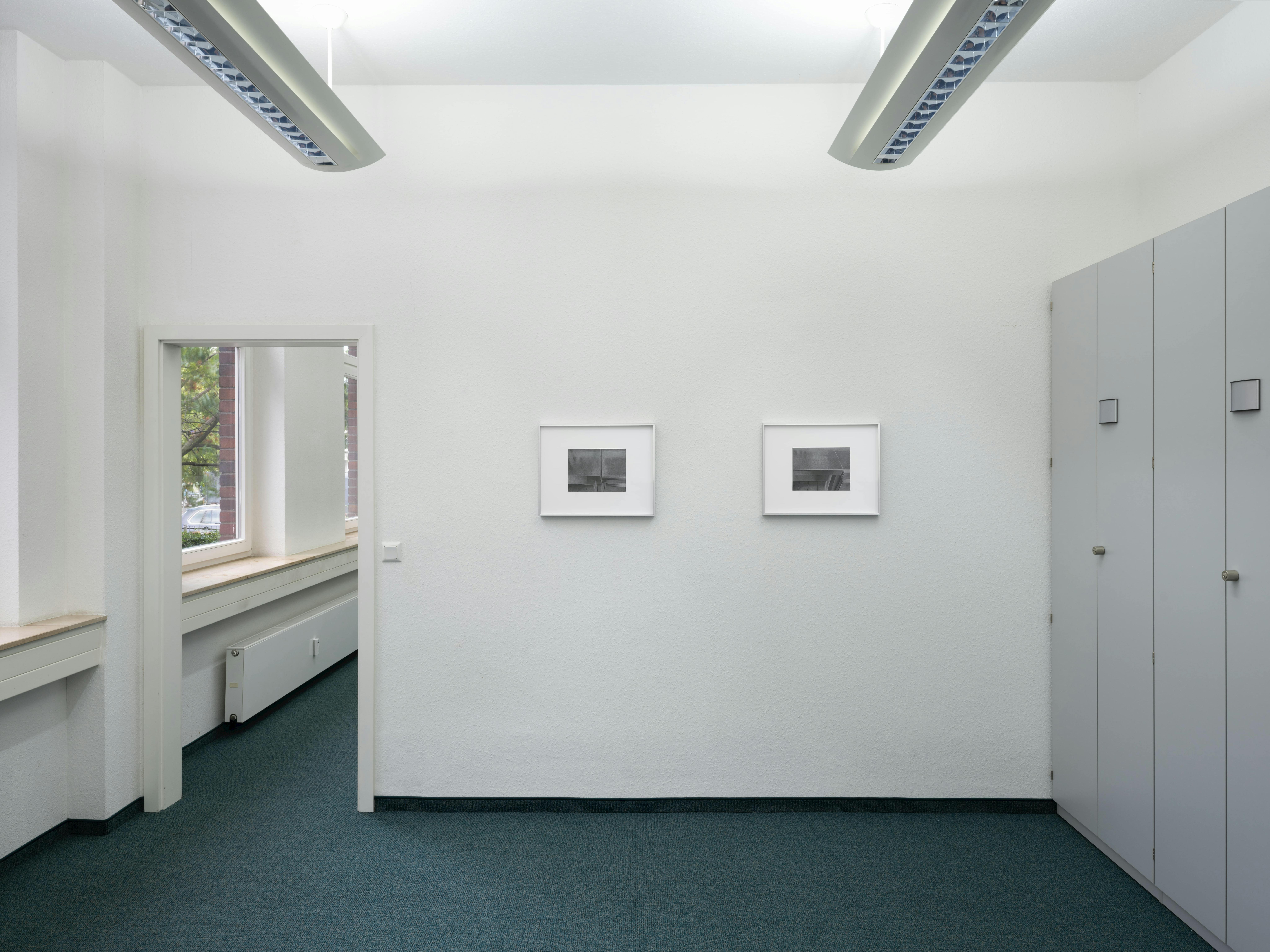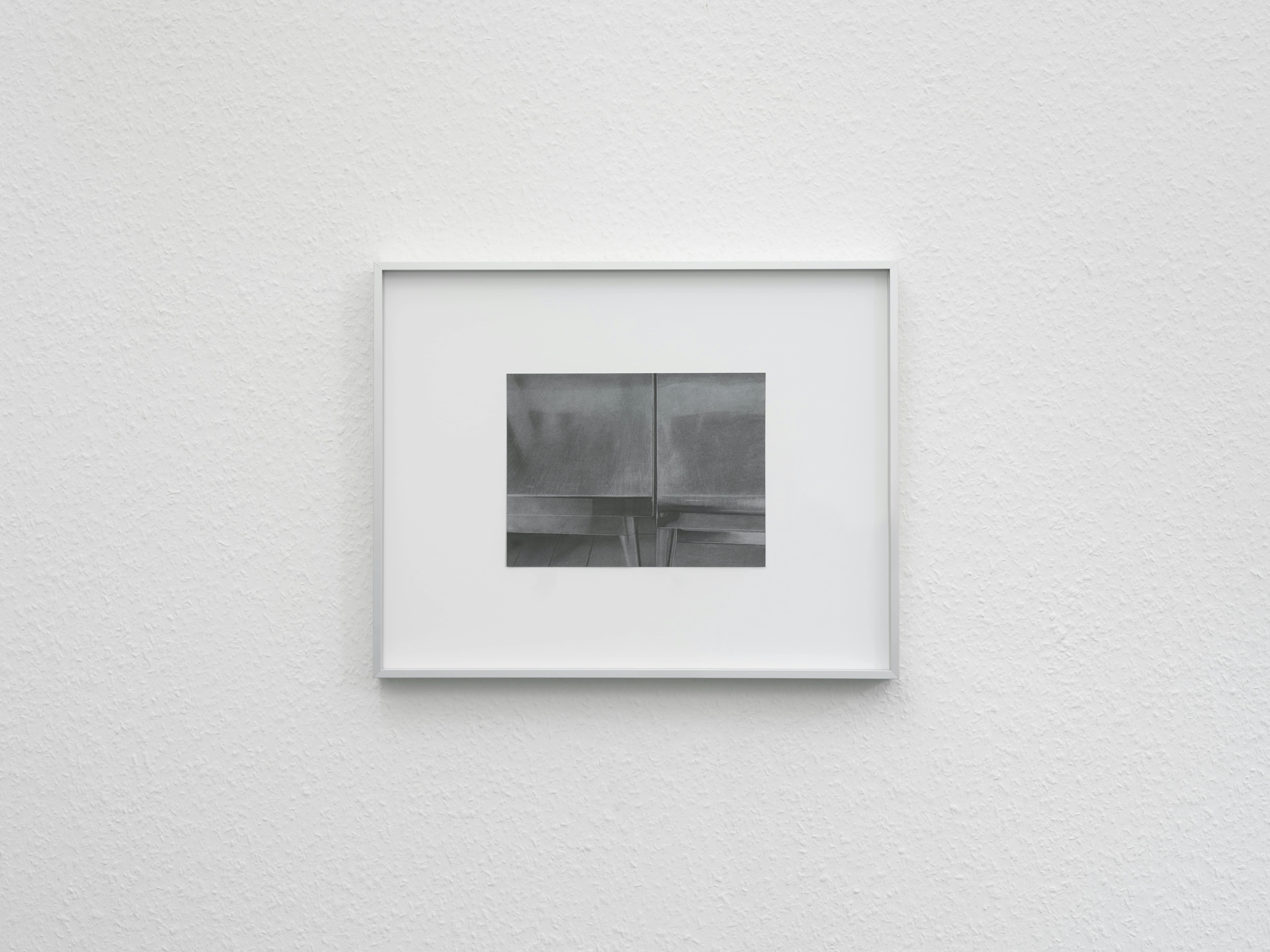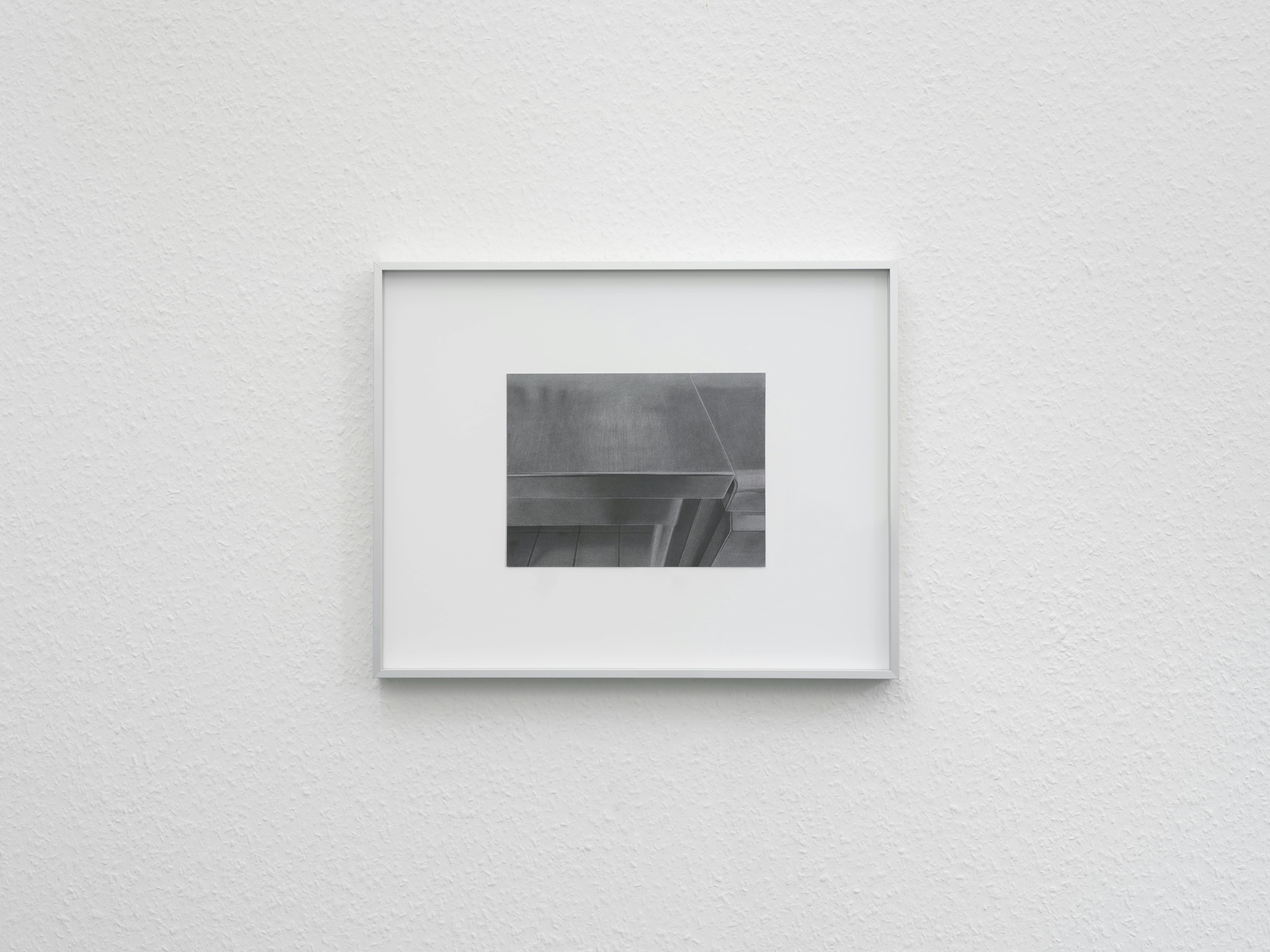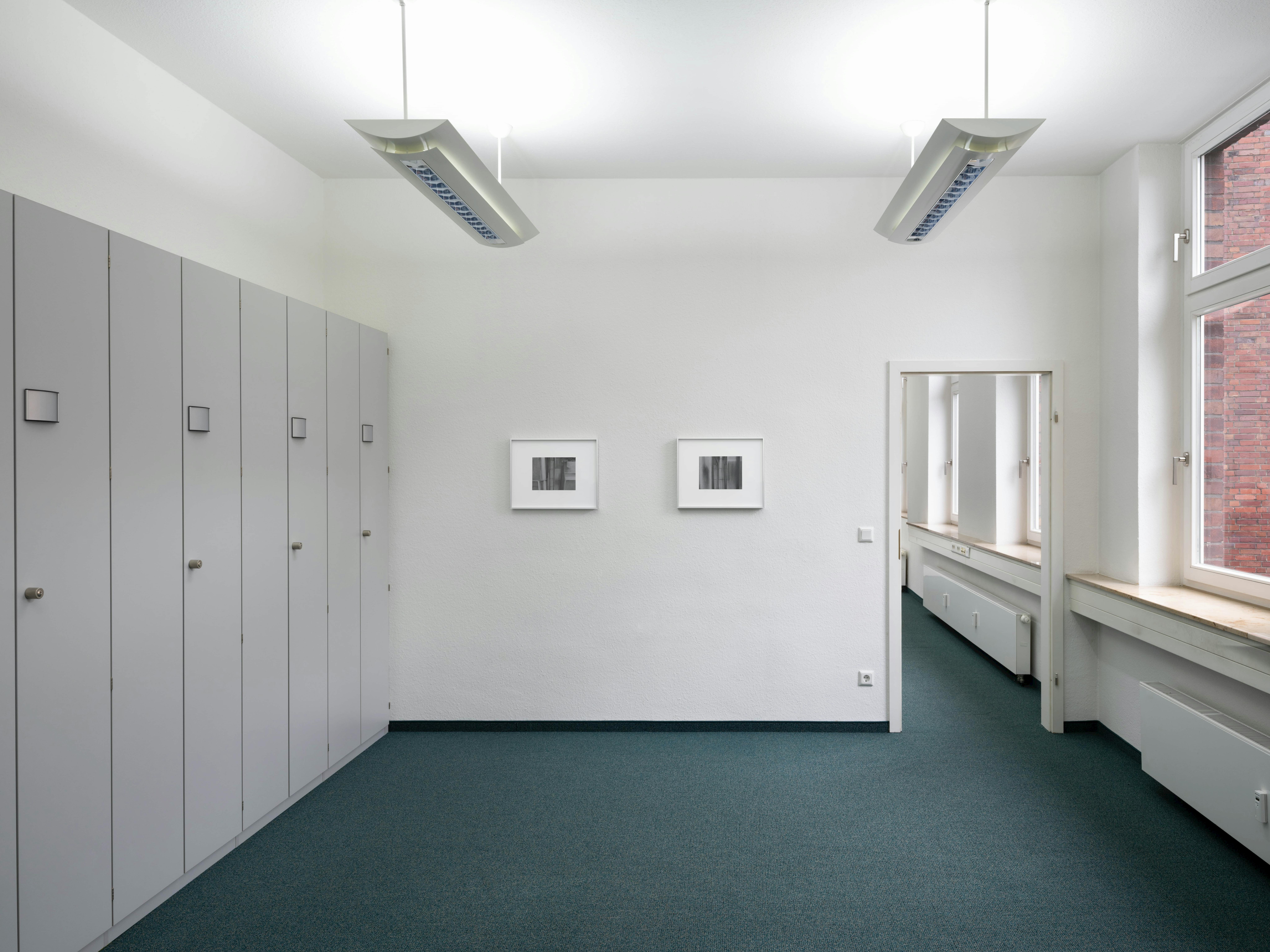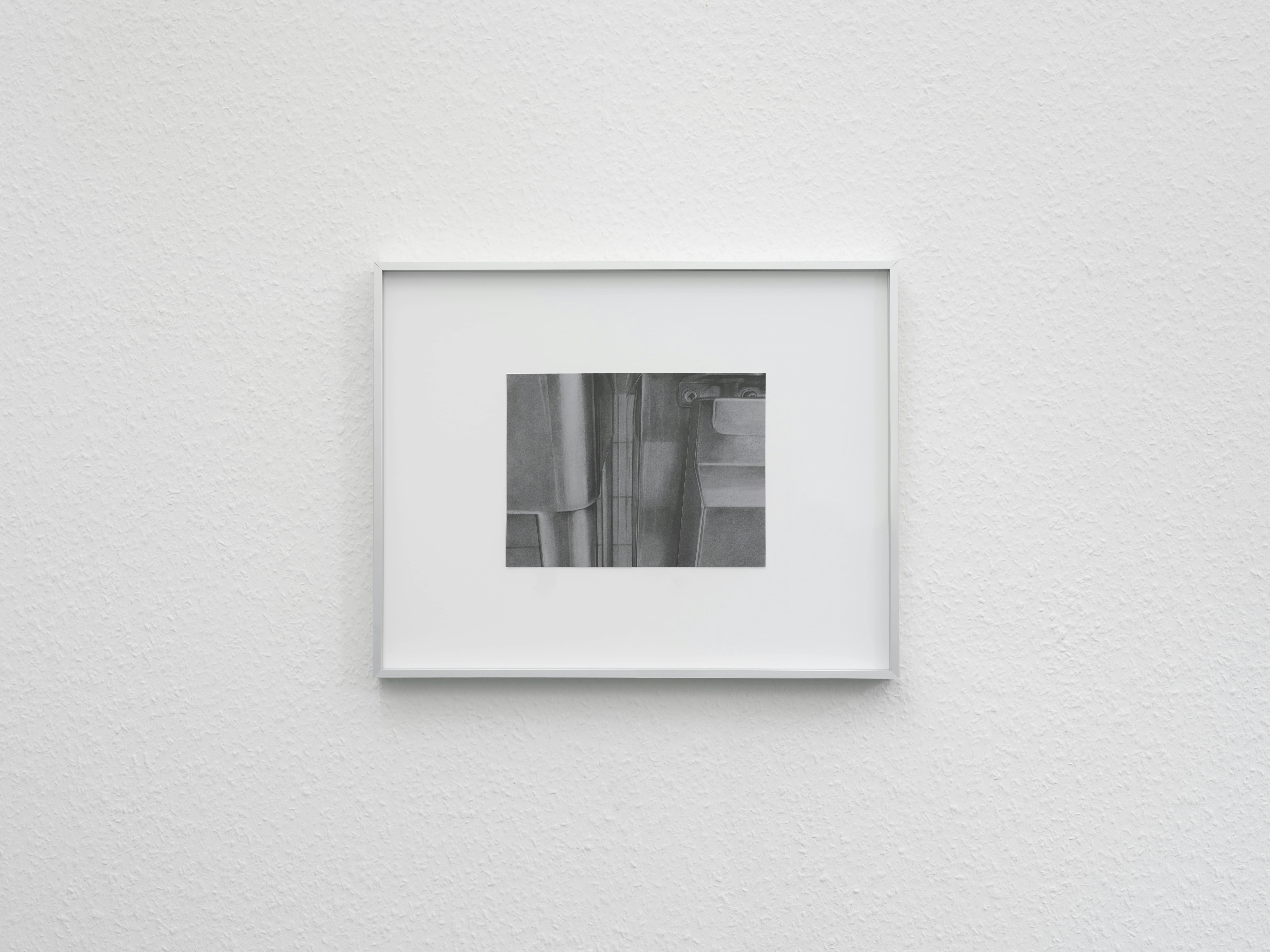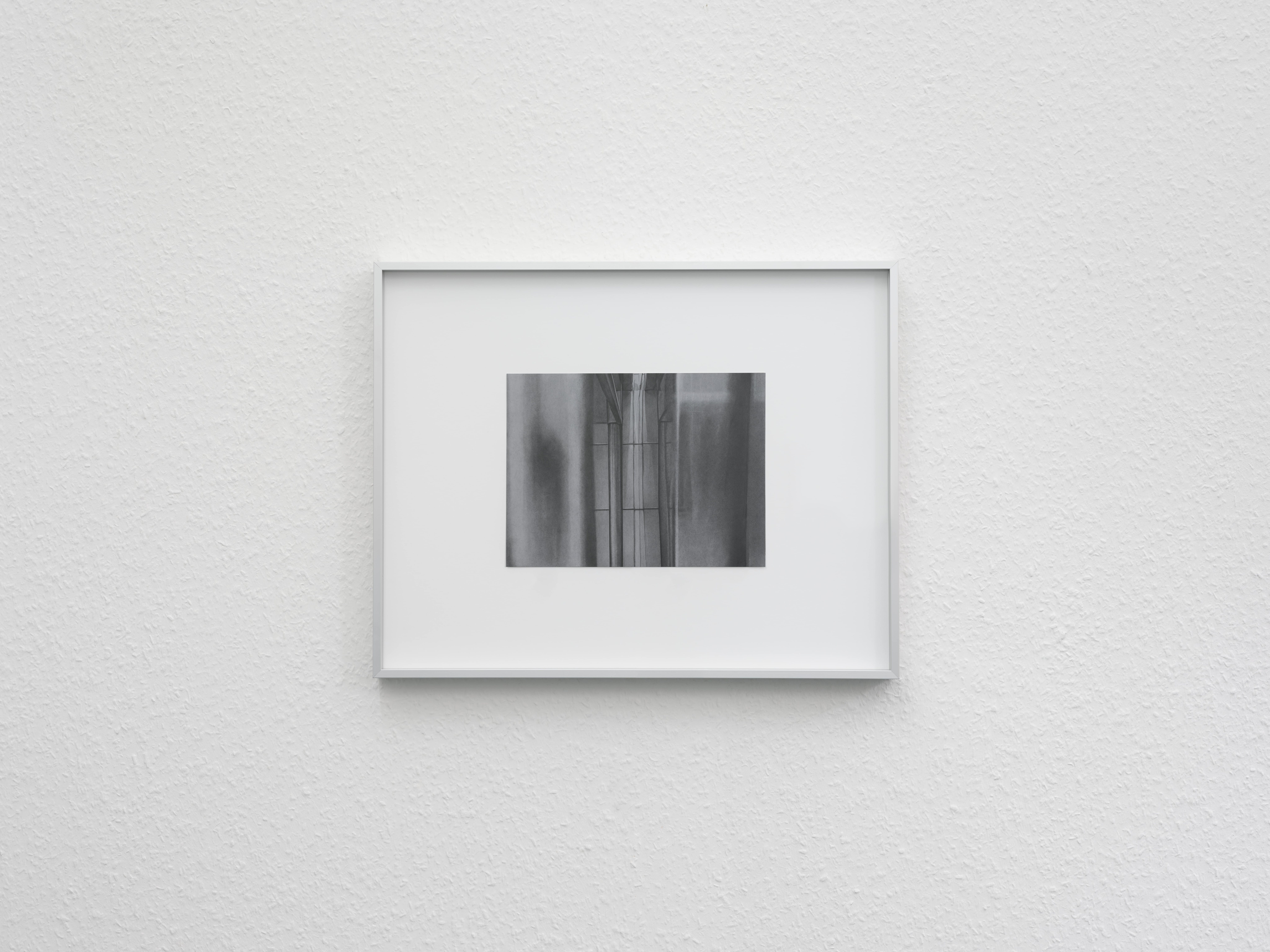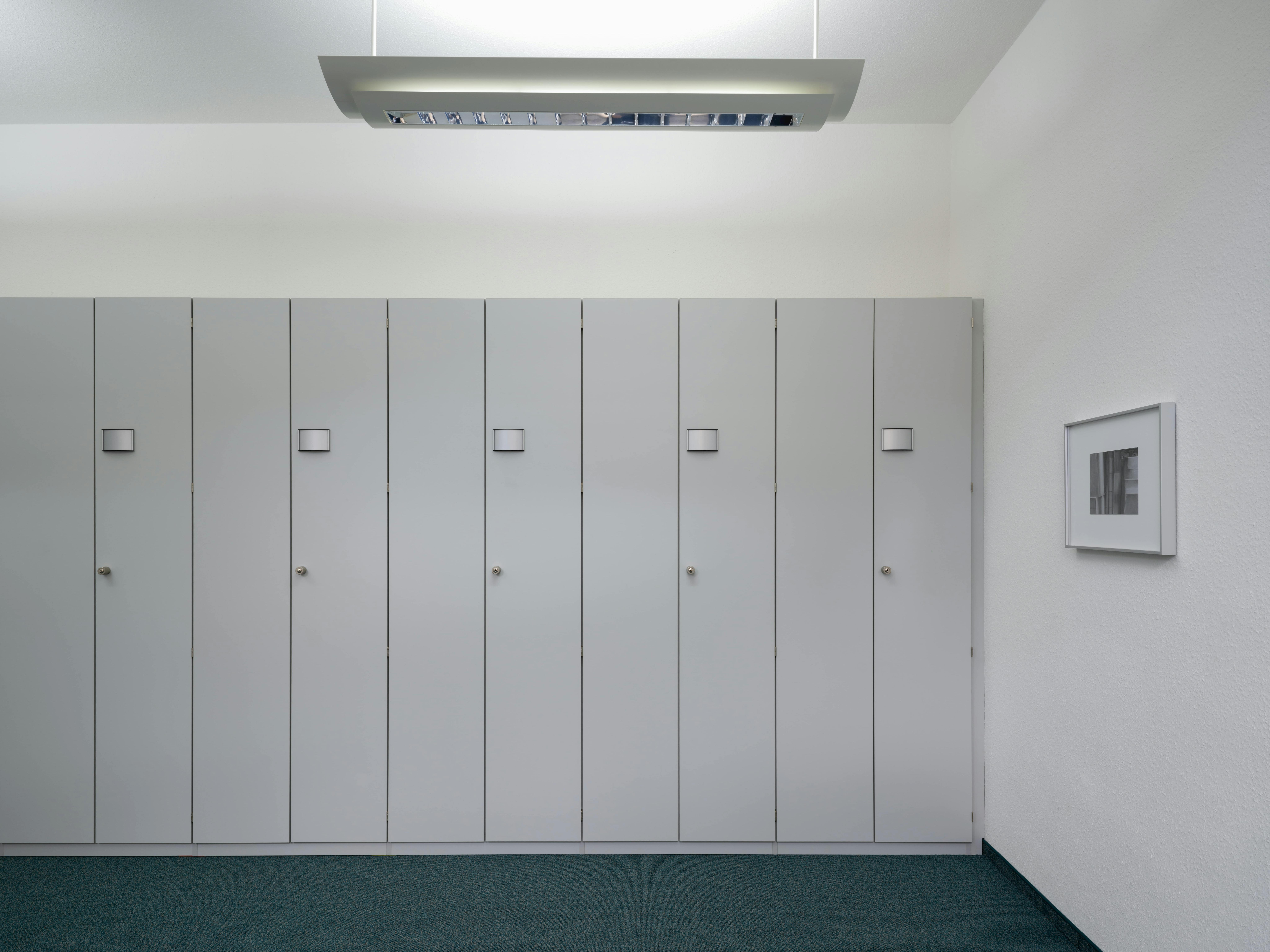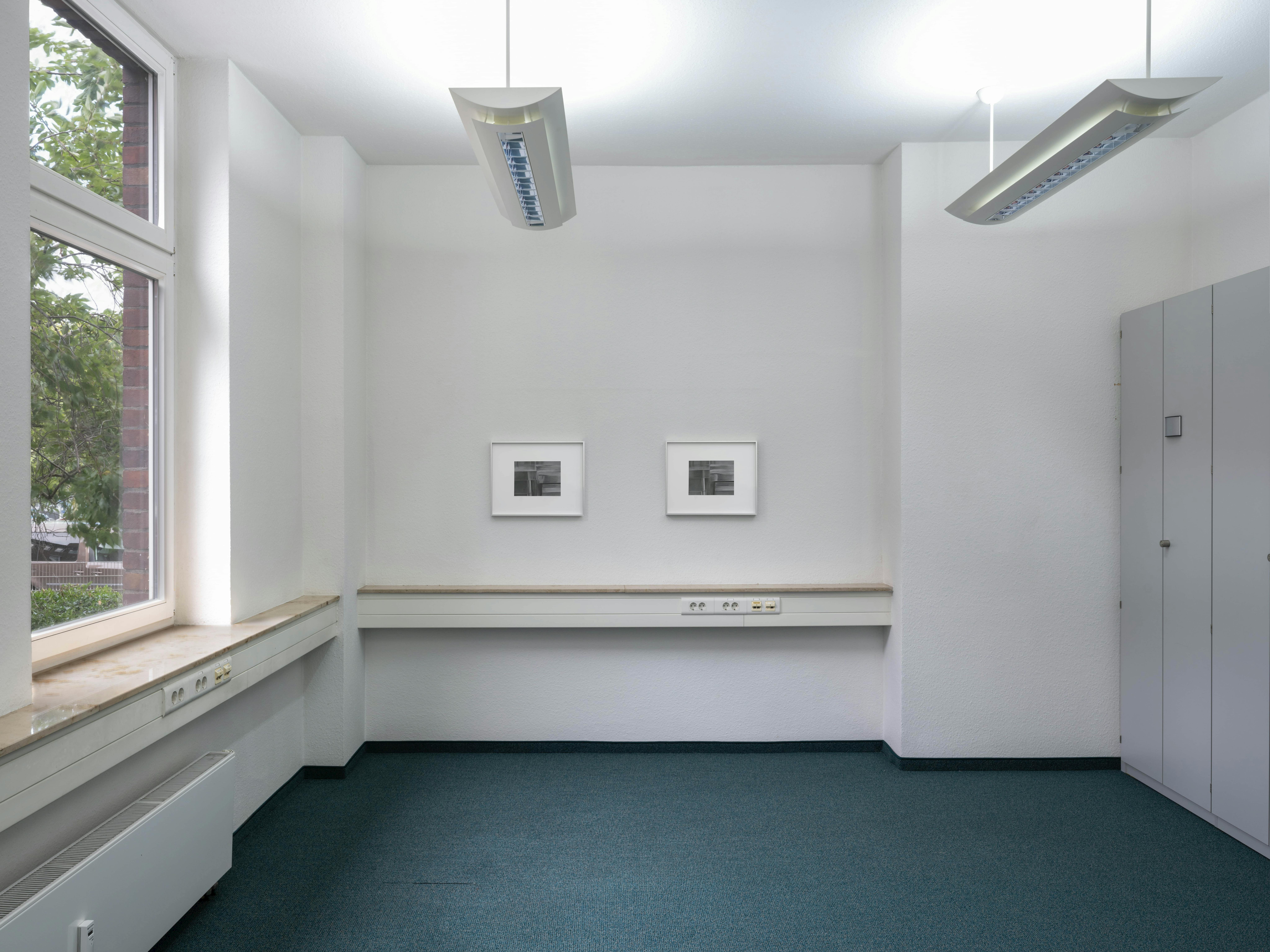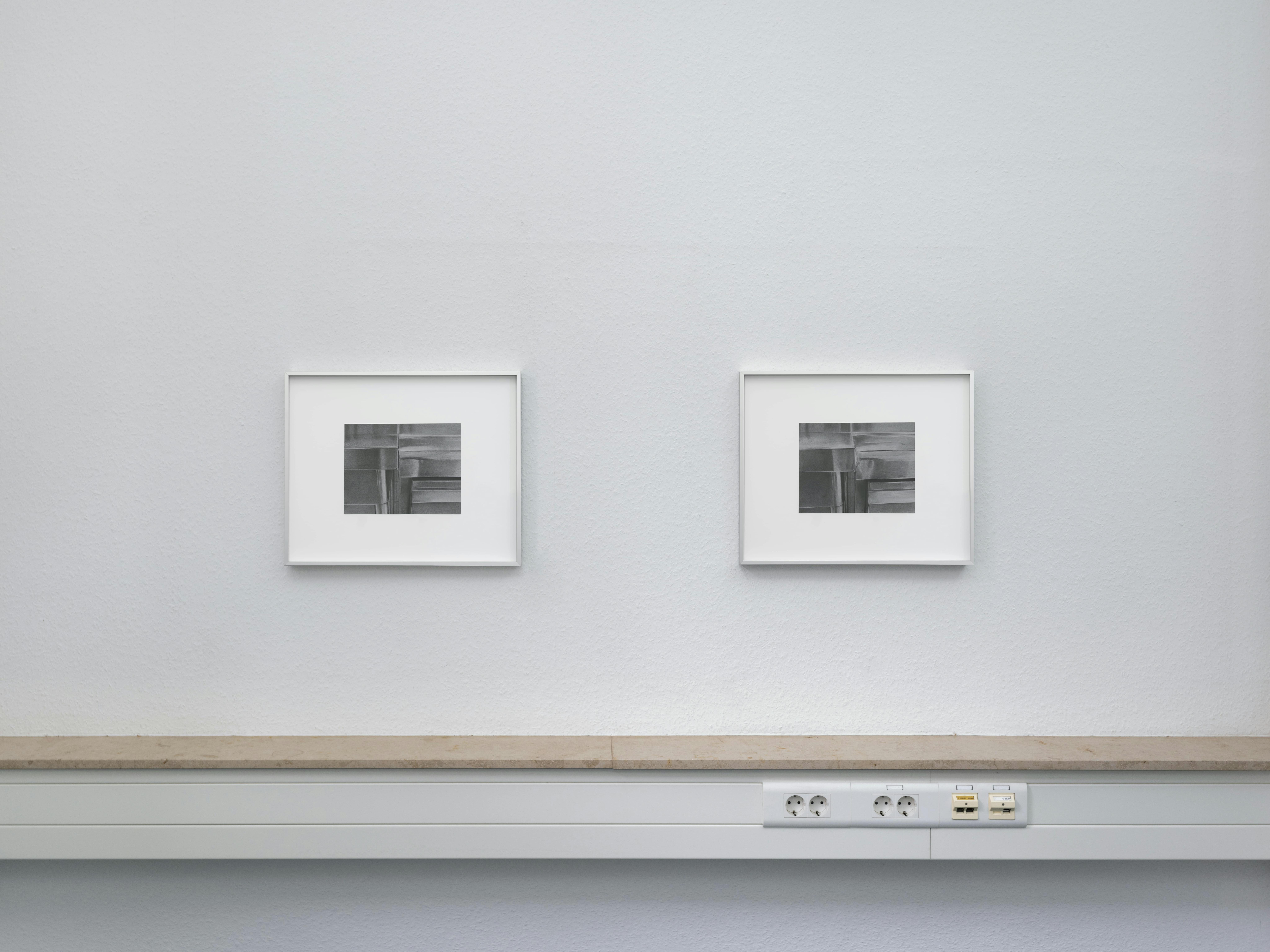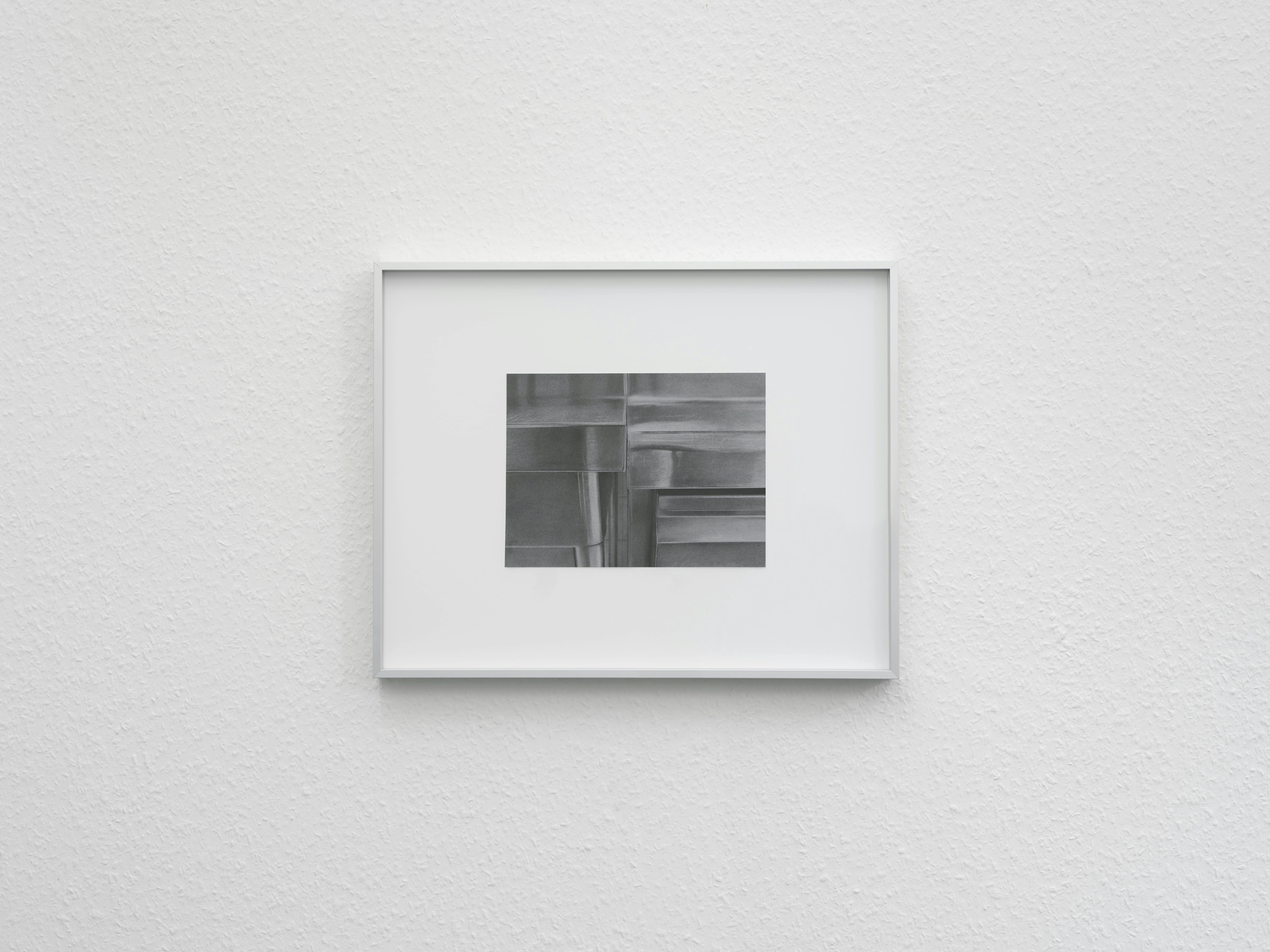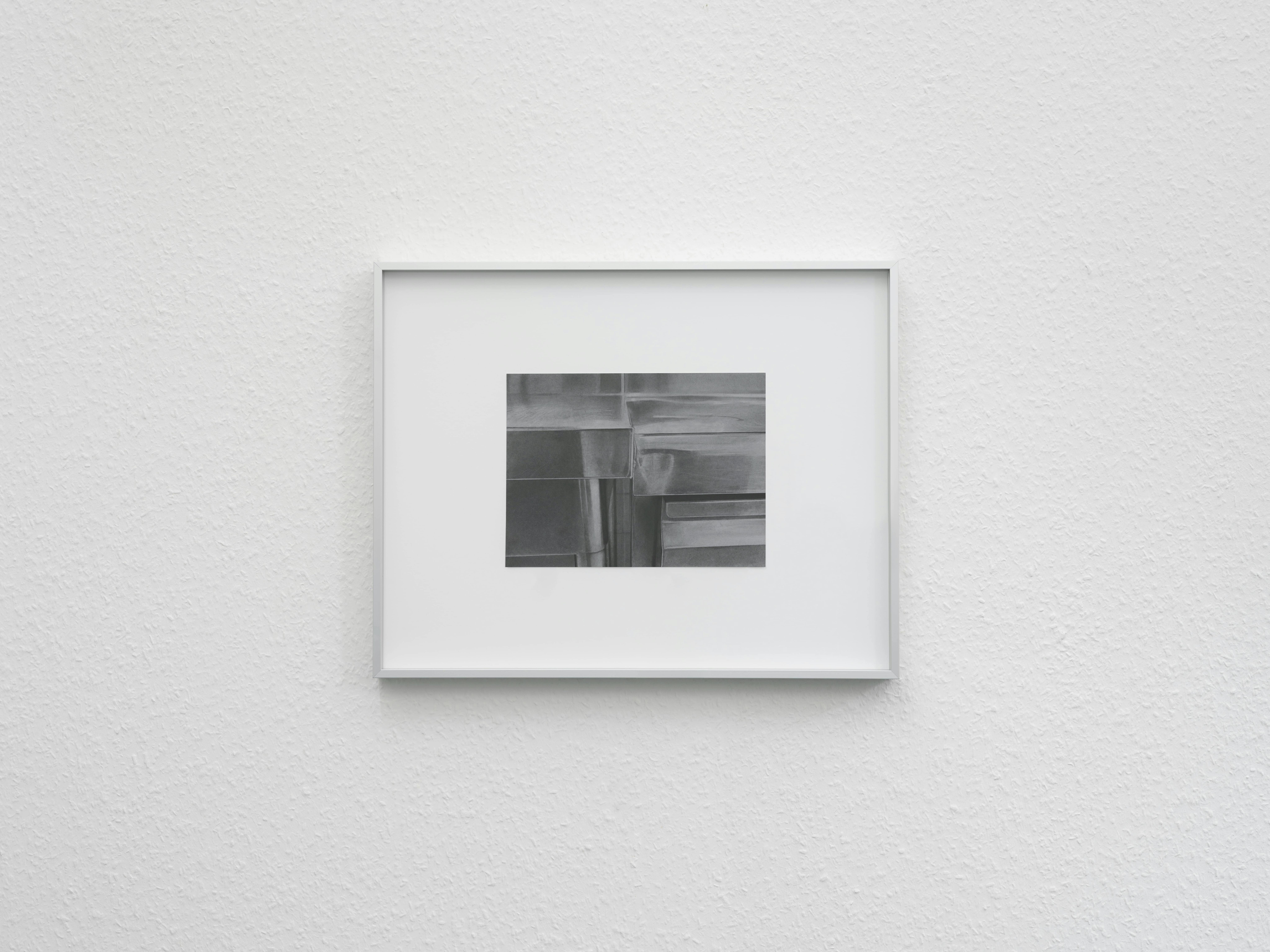Correction
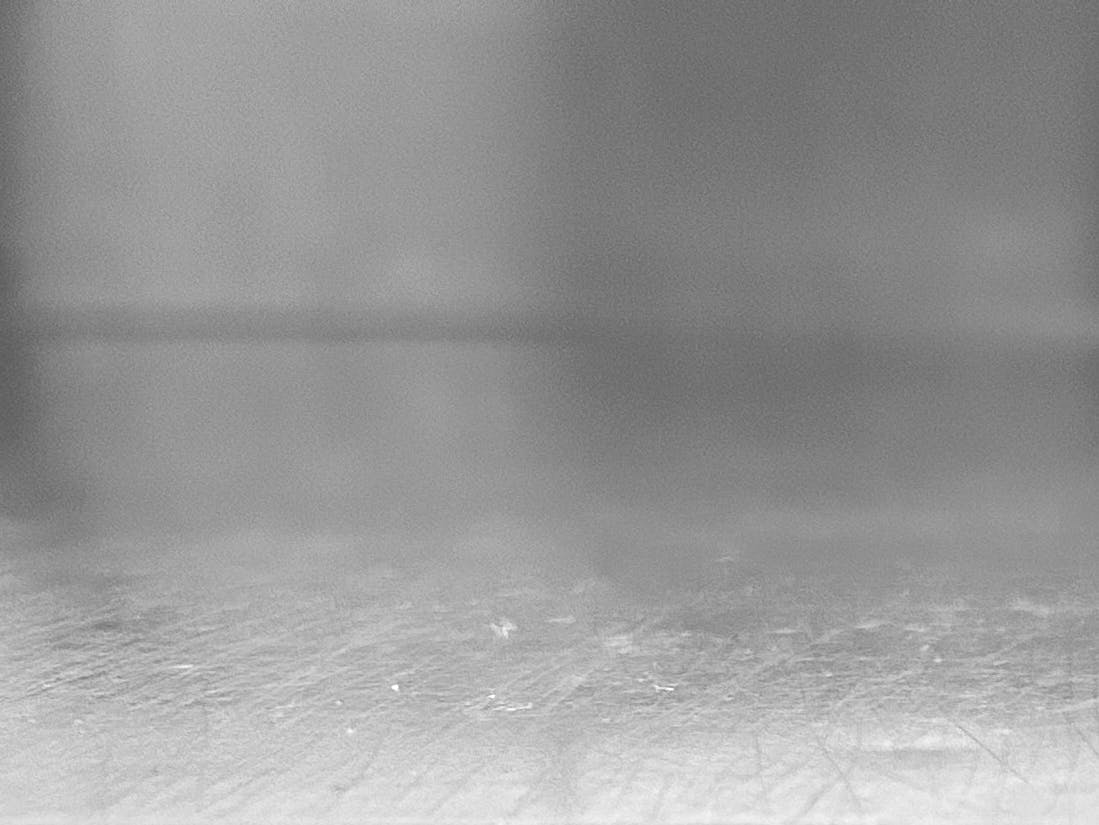
Barrier Disruption
Irritant contact dermatitis often occurs on the hands of those who frequently get them wet. The root cause is largely unestablished, speculated to be a combination of genetic and environmental factors, however wet-work—occupations within which workers have to immerse their hands in liquids either repeatedly or for long periods of time—is a primary culprit, part and parcel.
First signs of irritant contact dermatitis appeared when I was nineteen. Over the years, different histories, all intersecting, have been offered up as explanation: My first year of art school was spent using oil paints and their accompanying chemicals without care. Turpentine to thin the paint, turpentine to clean the brushes, turpentine not washed off skin. The proceeding years were spent in bars and kitchens, hands permanently submerged in liquid, washing dishes, pulling beers, wiping pools of melted ice off metal surfaces.
Manifesting as a disruption to surface, irritant contact dermatitis reveals itself by becoming its opposite: hands that were once too wet transition into being perennially too dry. Barrier disruption leads to dryness and cracking of the skin, and harmful substances eagerly seep through a weakened biological layer. Years of steroid cream application leaves the surface of the skin smoothed and rubbery. New patches of itchy dry appear amidst inconsistent blotches of sheen—the parts of the skin that have already been treated. They masquerade as scar tissue, glossy, divergently textured, firm. However, once the skin’s layer is broken down, it is near impossible to build it back. Any minute exposure to moisture and the cycle begins again, a permanent state of maintenance without any kind of factory reset. The daily habit of nightly cream application is only reparative in the sense that you pause temporarily, contrarily, to hold your body with care.
It’s both interesting and, given the occasion of this text, perhaps not coincidental that some of the routine requirements of kitchen work and exhibition making are one in the same. Each demands a form of output, deliverable within a certain time frame, prepped behind the scenes in anticipation of being made public, consumed in some form, before things must be returned to the state in which they were found—stainless steel benchtops washed down, screws vacated and holes filled, surfaces restored.
In exhibition making, though eternally, uncritically striving towards tabula rasa—an exercise in futility we will surely soon accept—the surface still has a way of recording information arising from use. Similarly, a once impenetrably fresh benchtop accumulates scratches barely deep enough to actually inscribe the surface, its natural resting state after a day of activity a spotless eraser of labour. Walking into the clean kitchen the next morning, the labouring body only gets a subject if something went wrong.
In a basic technical drawing found on the internet, the development of irritant contact dermatitis is plotted out against two axes: ‘skin damage’ and ‘time’. In the bottom left corner of the graph—the lowest possible registrations of both ‘skin damage’ and ‘time’—are two identical peaks and troughs followed by a third peak, creeping slightly higher up the graph, towards damage proper. This early stage denotes the ebb and flow of resistance: it illustrates the period in which there is still the possibility of repair. This flurry of resistive activity is happening below the surface, only becoming visible when it is too late, when the skin barrier is well and truly disrupted.
It is fortuitous, again, given the occasion of this text, that in exhibition making as in dishwashing surfaces are designed to reject. When faced with surfaces such as these, ones that attempt to refuse their own inscription, this flurry of below-the-surface activity is transposed: onto bodies that bare signs of labour otherwise. The point is that inscriptions of labour are not done away with simply because certain conditions reject their registration. In light of this, what remains key is forging our own forms of disruption, when the possibility of repair is still on the table. For instance, one might put down his cloth only to pick up a pencil, this time doing away with the barriers to his own inscription.
— Isabelle Sully
